How a Designer Spends 8 Hours in Paris
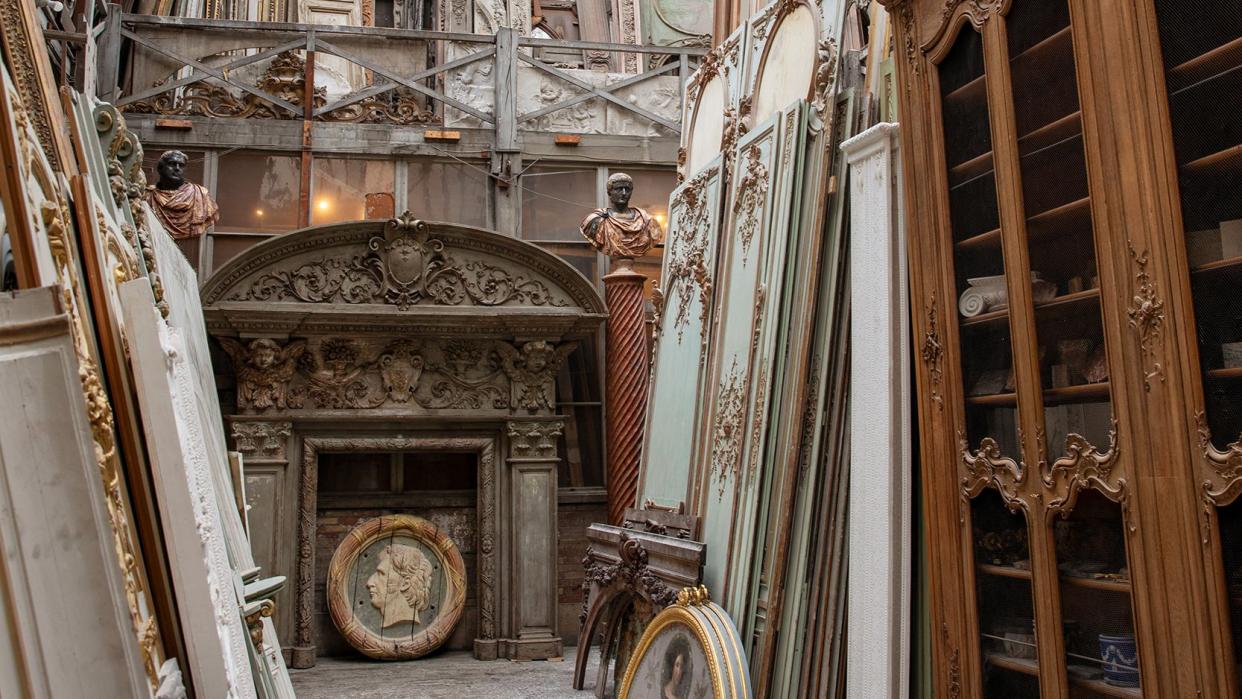
“My word is rigor,” says Michael S. Smith stepping out of a black Mercedes van and onto the dewy cobblestones of Paris’s 10th arrondissement. The celebrated L.A.-based interior designer is in town for a day of shopping, zipping among galleries, artists’ ateliers, and one of the city’s acclaimed antiques fairs.
Between stops he explains his unwavering standards for quality and coherence in decoration (specifically why he recently “rigorously” insisted that the gilding on some 18th-century French boiserie be redone on-site because the color of the gold was historically inaccurate).
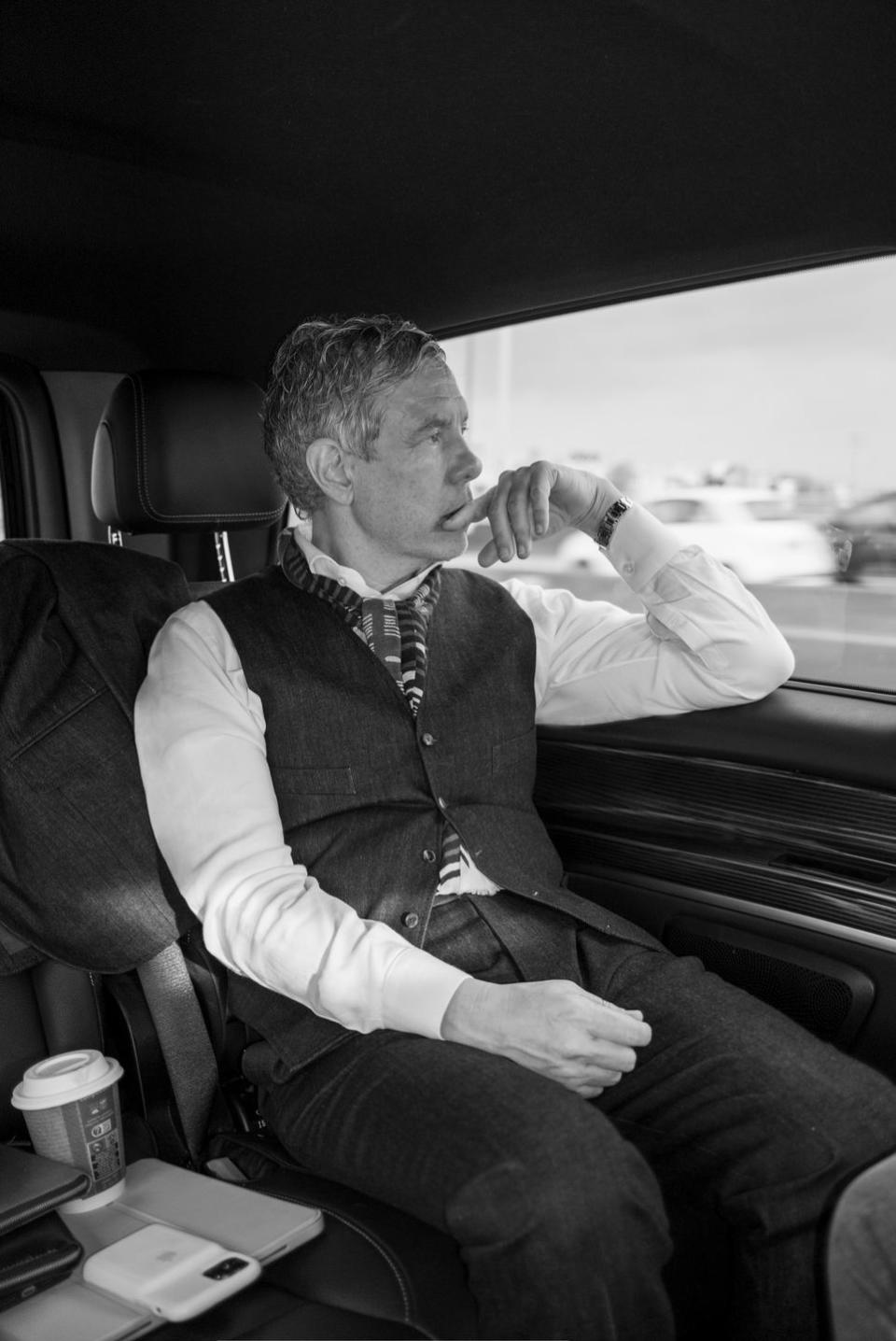
Smith—whose projects have included the White House (for the Obamas), a governor’s mansion (for the people of Illinois), and, most recently, the ballroom of NYC’s The Pierre hotel (for the world)—has an almost encyclopedic knowledge of furnishings and artworks. He knows not just their period, style, and maker but also their provenances—the history of who has owned them in the centuries since their creation and in which fabulous showplace homes they were deployed.
He has an equally encyclopedic Paris address book. Eight hours shuttling around the City of Light provides ample opportunity for him to demonstrate both skill sets. A post-lunch swing through PAD, the international spring antiques fair in the Tuileries Gardens, reveals that Smith knows everyone in the business.
At Galerie Kugel just across the Seine, he spies a dragonfly motif on a lacquered commode some 20 feet across the room and—knowing I live in Madrid—explains it was part of a suite of dragonfly-festooned furniture King Charles IV of Spain commissioned for his princely pleasure palace at El Escorial. “Four were made, and the other three remain at the palace,” he says, almost encouraging me to own a piece of Spanish history.
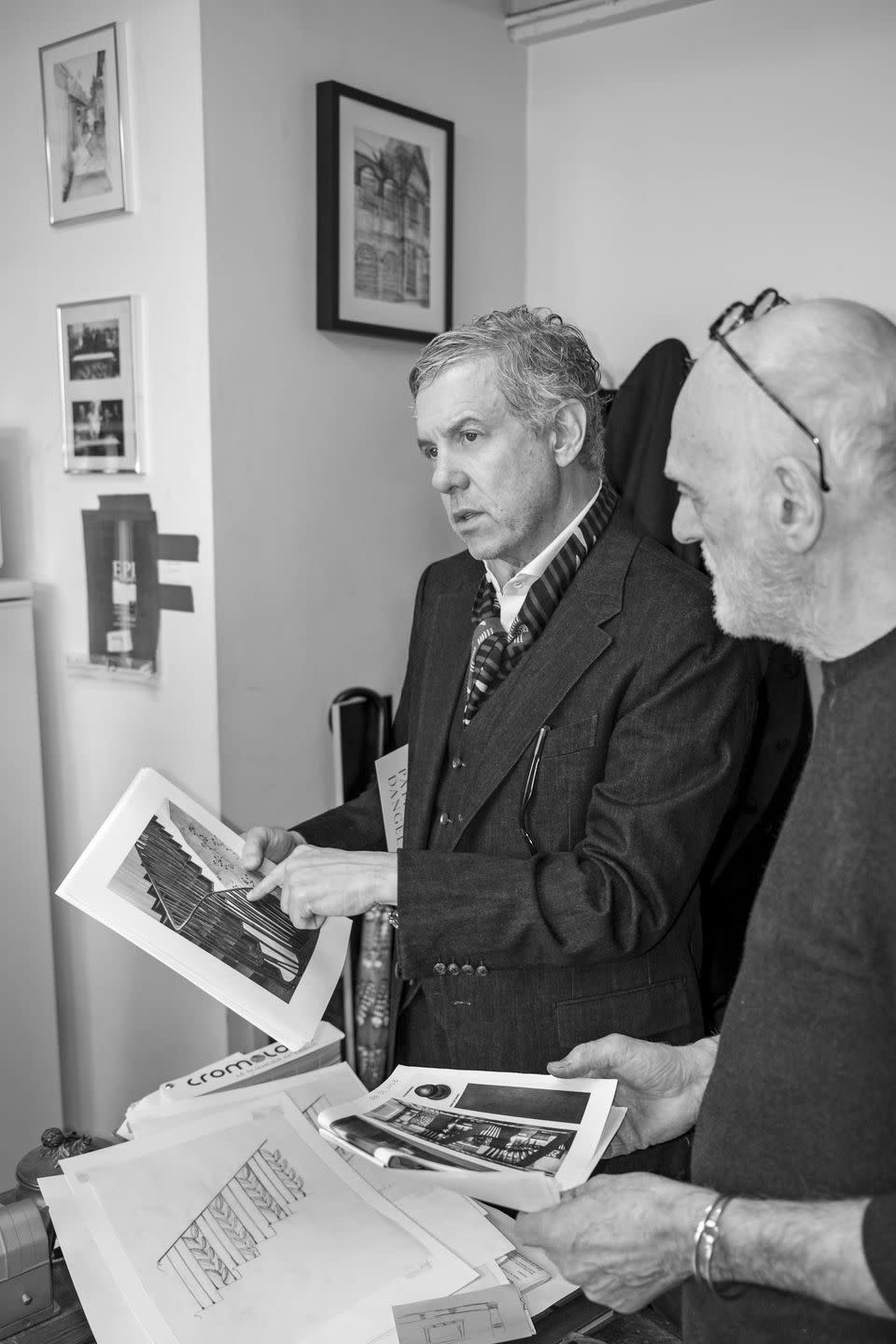
But our Parisian odyssey begins on a more contemporary note with a drive to Merteuil, just outside the city, to talk bronze railings with acclaimed sculptor Patrice Dangel for the interior of a yacht Smith is designing. As many artists who wrangle hard materials like metal or stone into elegant objects do, Dangel exudes vitality, buzzing through the studio collecting samples of metal finishes and forms for Smith’s consideration.
The original concept for the ship’s railings was to feature abstract starfish motifs, which Smith ultimately felt was “a little too literal” for a boat, so a simpler scheme is created to evoke sensations of water.
Since Smith rarely travels for just one project, the conversation turns to the half dozen chandeliers, in various states of production, hanging overhead, from antiquity-inspired braziers to contemporary Cubist spheres, all of which turn out to be for other Smith clients.
Next it is on to the showroom of artist Pierre Bonnefille near the Place de la Bastille to review designs for the yacht’s decorative wall panels. Bonnefille, whose works look as if painted with liquid metal, is deeply inspired by patterns and textures found in nature. Treasured totems of tree bark, dried leaves, and feathers are displayed with equal reverence as Bonnefille’s designs.
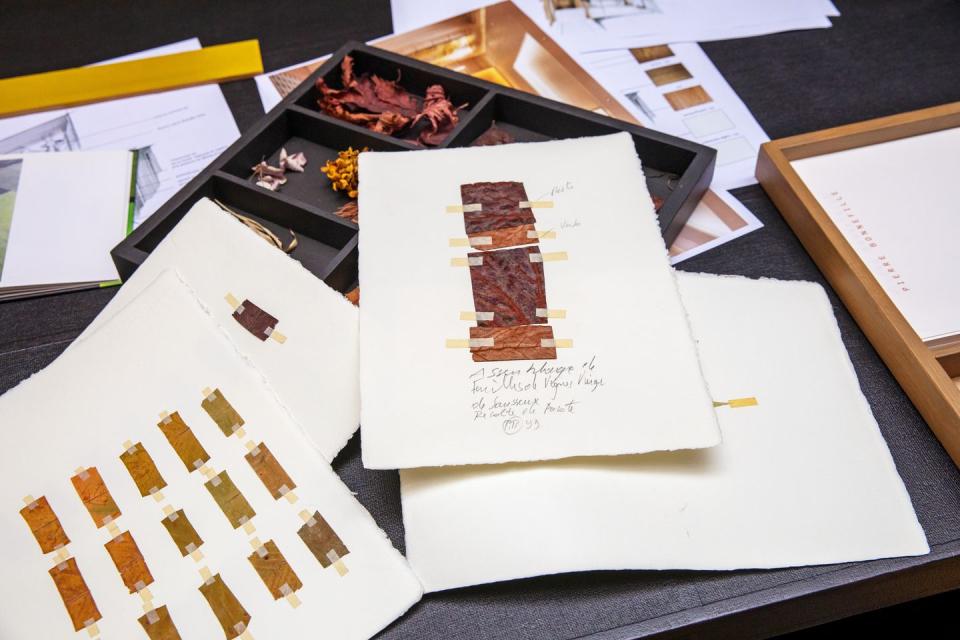
A similar embrace of nature infuses Garnier & Linker, where Smith is in search of lighting. Though a self-professed proponent of 18th-century French furniture and decoration, Smith is also a lover of contemporary art, deftly mixing Ed Ruscha with Hyacinthe Rigaud or Peter Paul Rubens.
Lighting offers another modern facet to his interiors, and the designer is drawn to the brand’s simple, almost elemental cast glass fixtures. “They have these crisp contemporary lines,” he notes. “But the subtle variations of the glass reveal that they’re completely handmade. Machines can’t achieve this effect.”
After so much modernity the day turns old-school. Just behind the Hôtel de Crillon (where Marie-Antoinette received piano lessons) and the Hôtel de la Marine (the former furniture warehouse of French kings reborn as a gorgeous decorative arts museum and now a touchstone of Parisian style for interior designers) sits another “only-in-Paris” establishment, Galerie Steinitz.
Amid the series of jaw-droppingly gorgeous rooms, Smith points to a suite of Chinese lacquered panels set into vermilion walls and notes, “That’s the great thing about Steinitz, the patina and signs of use—chips, cracks, and all. That’s what people want so their homes don’t feel like a museum.”
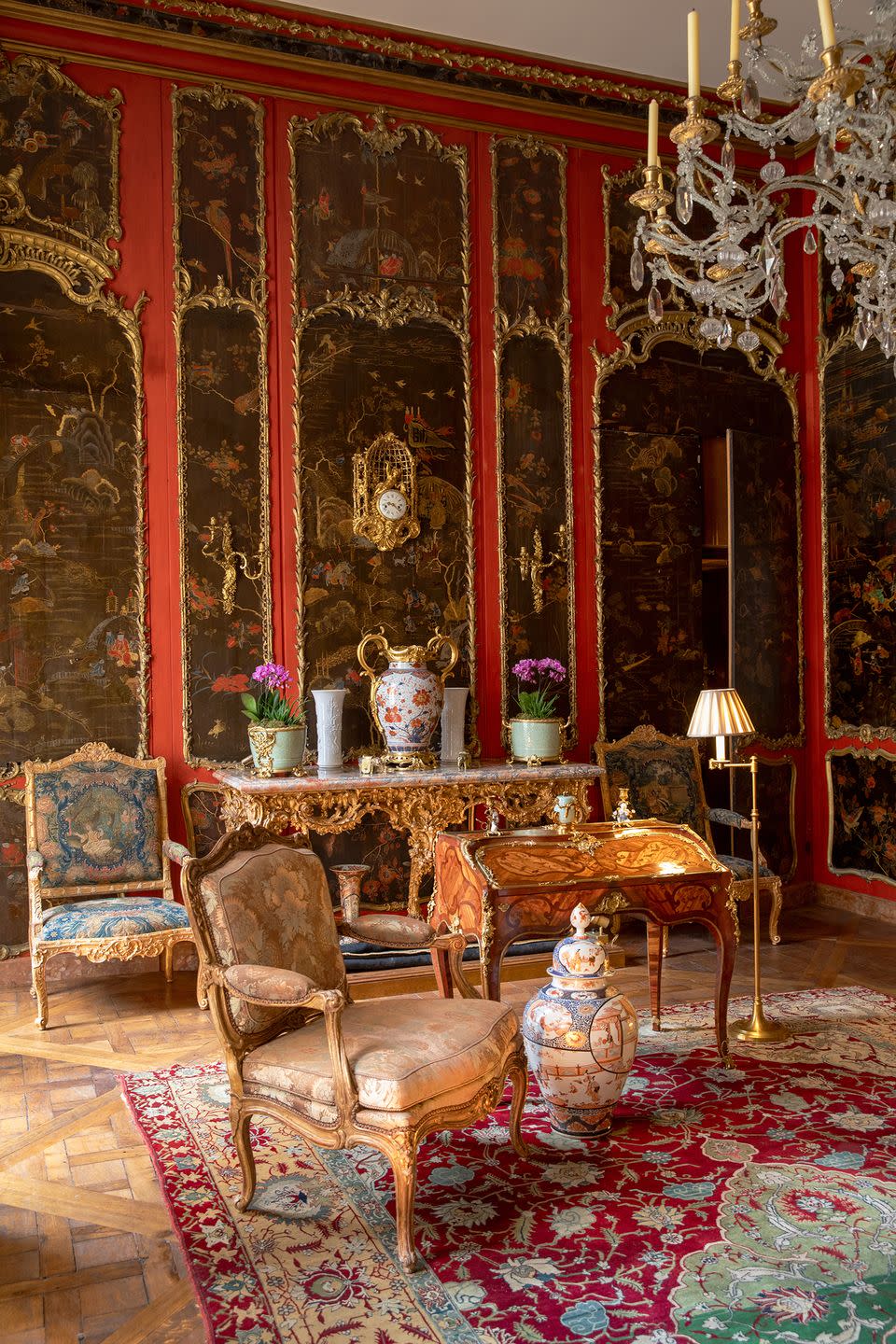
Our journey ends much as it began, with talk of 18th-century paneling, this time at Féau Boiseries. This is a massive emporium of period woodwork, in many cases entire paneled rooms saved from the wrecking ball and artfully staged beneath a vast industrial glass ceiling.
Smith is a longtime client, and after an hour-long, inch-by-inch meeting with the Féau design team about precisely fitting a complicated installation in Atlanta, the designer sinks into a comfy velvet-upholstered settee sipping his sixth coffee of the day.
Looking up at the indigo twilight sky and surrounded by 17th-century oak panels depicting Louis XIV as the Sun King, he says merely: “It’s pretty good, right?”
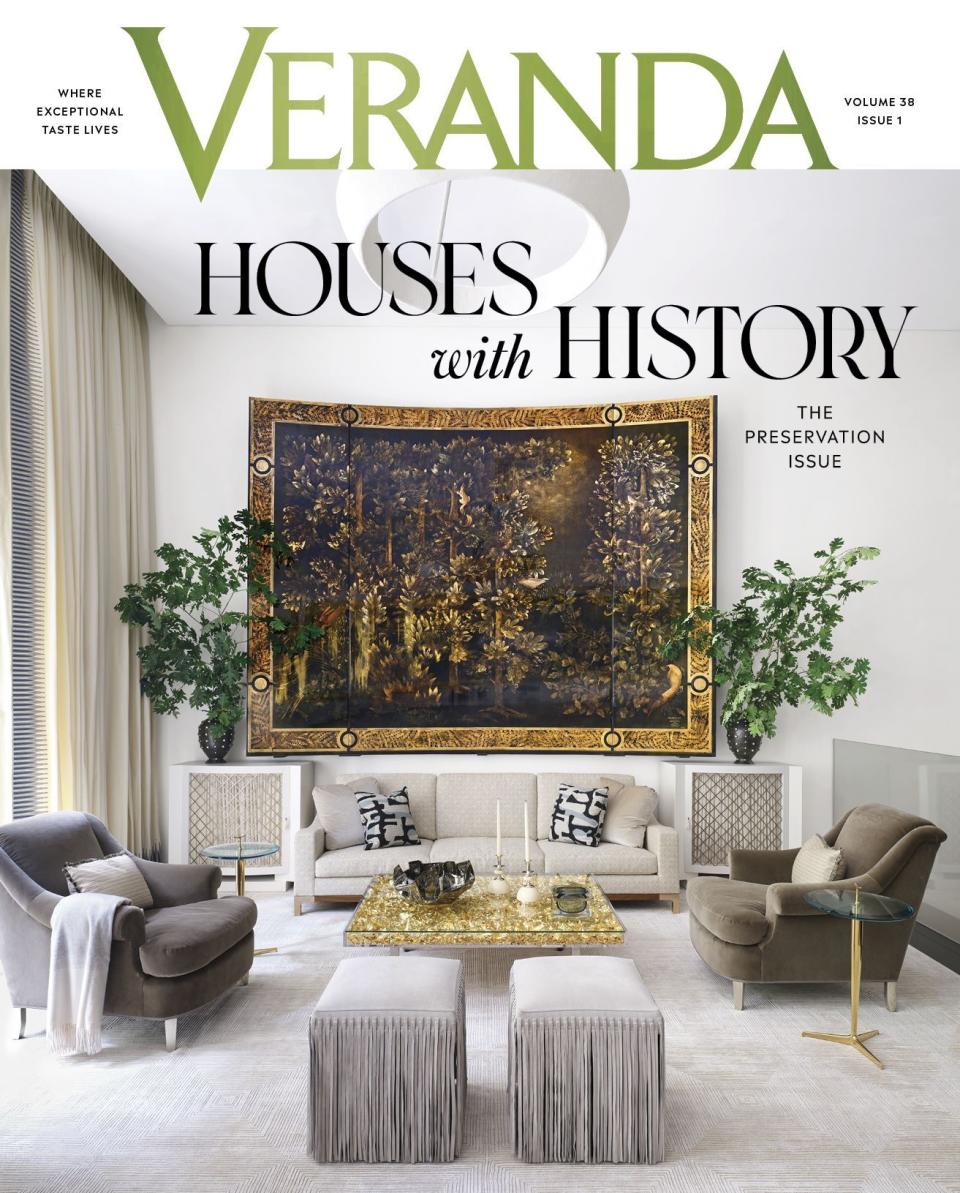
VERANDA Magazine
veranda.com
$18.00
Featured in the January/February 2024 issue of VERANDA. Photography by Pascal Chevallier; Written by Andrew Ferren
You Might Also Like

